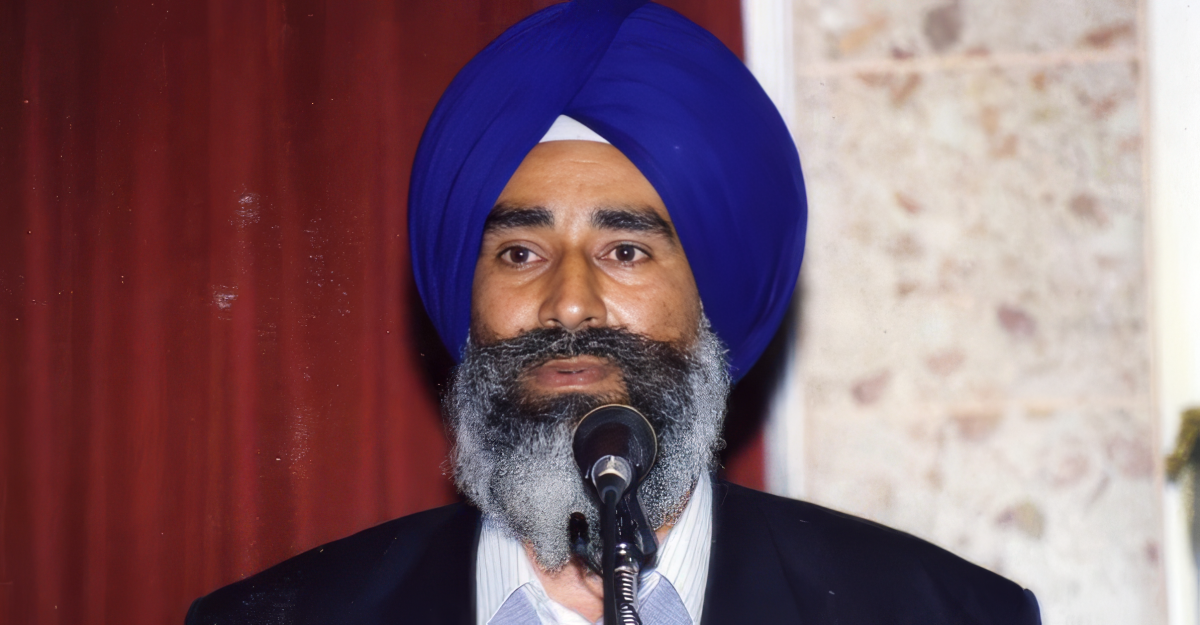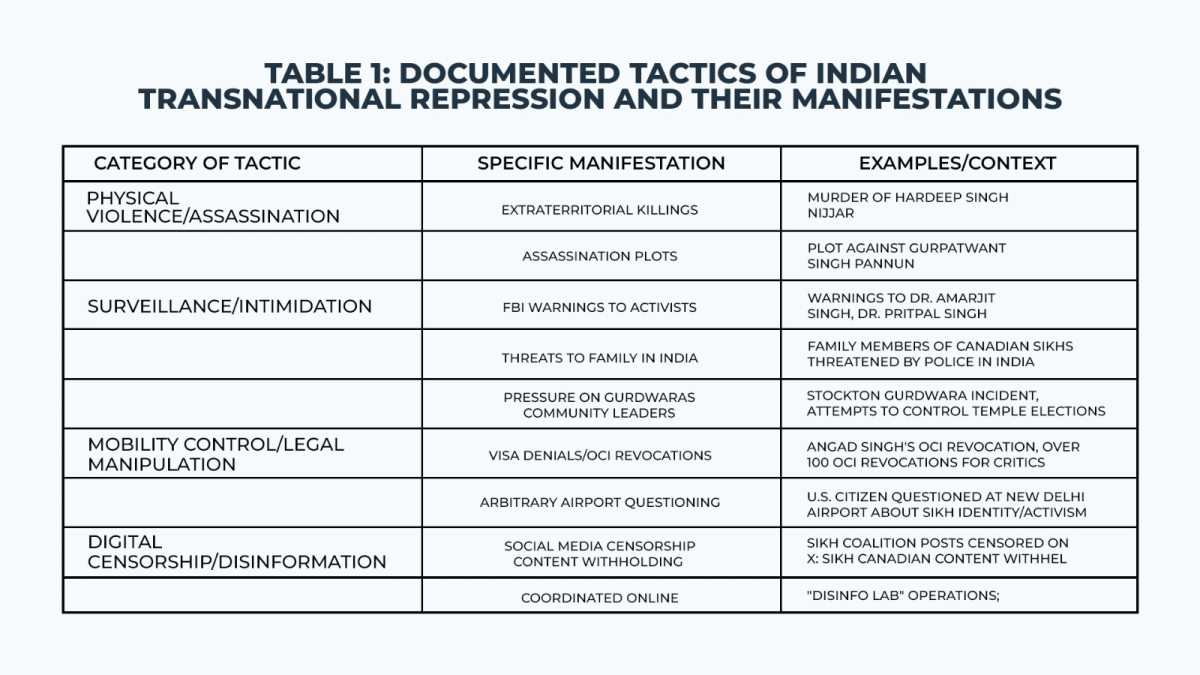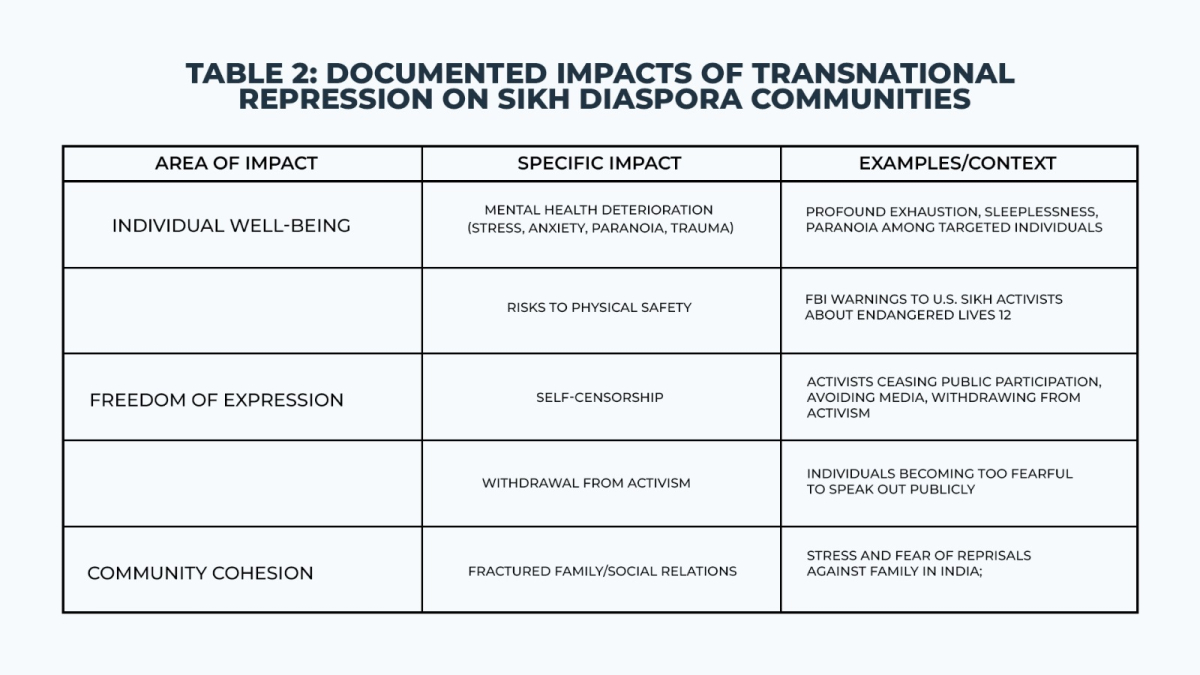U.S. to allow Nvidia to ship H200 chips to China, Trump says
U.S. President Donald Trump announced on Monday that he would allow Nvidia to ship its H200 chips to approved customers in China and other countries, ...
Punjab’s modern political story begins in 1947. The end of British rule divided the region between India and Pakistan, leaving Sikh communities with a split homeland and unresolved questions about cultural and administrative protections.
Through the 1950s and 1960s, central authorities in New Delhi pursued increasingly assertive nationalist policies. Tension accumulated.
By the early 1980s, relations had severely deteriorated. Clashes between Sikh groups and Indian authorities intensified, culminating in June 1984 when Indian forces entered the Golden Temple in Amritsar.
The operation resulted in significant loss of life and left a lasting imprint on the Sikh collective memory. The years that followed were marked by mass detentions, disappearances and widespread insecurity across Punjab. Thousands died. The exact toll remains disputed, but the impact on Sikh society was enduring.
Repression inside India
The aftermath of the 1980s brought one of the most difficult periods in Punjab’s recent history. Human-rights defender Jaswant Singh Khalra exposed evidence of more than 25,000 unlawful killings and cremations carried out by local police. His subsequent abduction and murder highlighted the risks faced by those who documented abuses. The core findings of his investigations remain unresolved in India’s judicial system.
In more recent years, the political landscape has shifted under the Bharatiya Janata Party. Its ideological foundation, Hindutva, places Hindu identity at the centre of national life. Minority communities have expressed concern about shrinking civic space. Analysts describe a broader pattern in which Sikh, Muslim and Christian institutions face tighter restrictions and increased scrutiny.

Sikhs around the world
There are approximately 25 million Sikhs worldwide. Most live in India, but significant communities are found in Canada, the United States, the United Kingdom and Australia. Canada hosts more than 780,000 Sikhs. The United States and the United Kingdom each have close to half a million. These diaspora communities have developed civic organisations, advocacy groups and media networks.
Inside Punjab, separatist politics no longer dominate the mainstream. This trend is widely noted. Abroad, however, Sikh organisations continue to raise concerns regarding discrimination, human-rights protection and the treatment of activists in India. These issues have drawn renewed attention from Indian authorities and contributed to rising tension between the state and diaspora groups.
Transnational repression
A significant new development has emerged beyond India’s borders. Testimony submitted to the Tom Lantos Human Rights Commission in a document titled “Addressing Transnational Repression Against the Sikh Diaspora in North America”, prepared by Shiromani Akali Dal Amritsar America, provides a detailed account of pressure directed at Sikh activists living overseas.
The submission argues that transnational repression should be regarded by democratic governments as a foreign-policy and national-security concern. It cites two cases that brought the issue into sharp focus.
The first concerns Hardeep Singh Nijjar, a Canadian citizen and Sikh temple leader killed in British Columbia in June 2023. On 18 September 2023, Canadian Prime Minister Justin Trudeau announced credible allegations linking the killing to Indian state involvement. Canada’s intelligence service described the case as a significant escalation and as evidence of intent to target Sikh individuals in North America. Canada later expelled six Indian diplomats.
The second case surfaced in the United States. Authorities said they had disrupted an alleged plot to assassinate Gurpatwant Singh Pannun, an American citizen and Sikh activist based in New York. Court documents alleged that an Indian government official ordered the attempt. Washington issued security warnings to Sikh activists. India announced a high-level committee to review the allegations.
The United States Department of Justice defines transnational repression as actions by foreign governments to harm, intimidate or coerce individuals beyond their borders. Such actions include surveillance, online harassment, pressure on relatives and misuse of consular processes. These practices can create a chilling effect on civic participation.
Canada’s Royal Canadian Mounted Police later alleged that Indian officials were connected not only to Nijjar’s killing but also to wider activity involving organised crime networks.

Documented tactics
Evidence gathered by international bodies and Sikh organisations outlines several methods. These include extraterritorial violence such as killings and attempted assassinations. Surveillance of activists and intimidation of families in India have been documented. Community institutions report attempts to influence internal decisions and leadership structures.
Mobility restrictions add another dimension. These include visa denials, the revocation of Overseas Citizen of India status and targeted airport questioning. Digital measures include the suppression of Sikh-related content and coordinated information operations. Taken together, these tactics indicate a structured system rather than isolated incidents.

Documented impacts on Sikh diaspora communities
The impacts extend across individual well-being, community cohesion and democratic participation. Individuals report heightened anxiety, insomnia and a sense of vulnerability. The FBI has issued safety warnings to several Sikh activists in the United States.
Freedom of expression has narrowed in some communities. Activists have reduced media engagement or stepped back from public roles due to perceived risks. Family relationships have been affected when relatives in India face police attention linked to diaspora activities. These pressures collectively narrow the space available for civic involvement.

International reactions
International bodies have noted the trend.
The United Nations Human Rights Committee expressed concern in July 2024 about reports of intimidation of Sikh activists. Human Rights Watch’s 2024 review documented wider discrimination affecting religious minorities in India. The United States Commission on International Religious Freedom highlighted the risks in December 2023 and recommended further policy attention.
Government reactions have also intensified. Canada’s expulsion of Indian diplomats and the United States’ disruption of the alleged assassination plot have positioned the issue as one involving sovereignty and citizen protection. Both governments now treat the matter as a national-security concern.
Sikh advocacy organisations, including Sikhs for Justice, the Council of Khalistan and the World Sikh Organisation, continue to document cases and raise concerns. The Sikh Council of Canada focuses on cultural protection and community support.
A wider policy challenge
The material documented by international bodies, human-rights organisations and Western security agencies indicates that concerns regarding the treatment of Sikh communities now extend beyond India’s internal context. Reports submitted to the United Nations, assessments by Canadian and United States authorities and findings from civil-society groups show that the issue has entered broader discussions on human-rights protection and state conduct across borders.
As governments examine these cases, the questions raised relate to sovereignty, democratic safeguards and the responsibilities owed to diaspora communities. The situation remains the subject of ongoing investigations and diplomatic engagement in several countries. What is clear is that the matter is no longer confined to a regional framework. It now features in wider international conversations about minority rights, the rule of law and the evolving nature of transnational security challenges.
A coup attempt by a “small group of soldiers” has been foiled in Benin after hours of gunfire struck parts of the economic capital Cotonou, officials said on Sunday.
A delayed local vote in the rural Honduran town of San Antonio de Flores has become a pivotal moment in the country’s tightest presidential contest, with both campaigns watching its results as counting stretches into a second week.
A powerful 7.5-magnitude earthquake struck northeastern Japan late on Monday, prompting mass evacuations and tsunami warnings along the coastline.
Lava fountains shot from Hawaii’s Kīlauea volcano from dawn to dusk on Saturday, with new footage showing intensifying activity at the north vent.
McLaren’s Lando Norris became Formula One world champion for the first time in Abu Dhabi, edging Max Verstappen to the title by just two points after a tense season finale.
The International Monetary Fund's (IMF) executive board approved Pakistan’s latest loan review on Monday, unlocking a critical $1.2 billion in financial support, ensuring that the country’s ongoing IMF program remains on track.
U.S. President Donald Trump announced on Monday that he would allow Nvidia to ship its H200 chips to approved customers in China and other countries, under conditions that prioritize national security concerns.
Lando Norris, fresh off securing his first Formula 1 world championship, has confirmed he will proudly race with the No. 1 on his McLaren in the 2026 season.
Several regions in southern and western Russia issued urgent warnings early Tuesday morning about the potential for drone attacks, prompting temporary flight suspensions and airspace closures across multiple areas.
U.S. President Donald Trump on Monday threatened to impose a 5% tariff on Mexico, accusing the country of violating a water-sharing treaty.
You can download the AnewZ application from Play Store and the App Store.

What is your opinion on this topic?
Leave the first comment